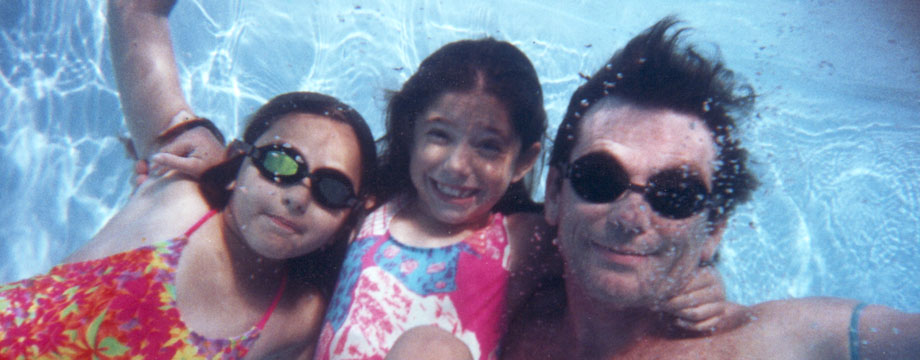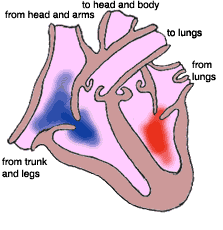(This article is informational only, and not meant to infer any medical advice. Please consult your physician as the ultimate authority on this serious health matter.)
Since my recent post on Measuring Progress in Swimming I saw a note in my old swimming log. It had an adjustment in pulse rate calculations. The standard formula:
220 – (your age) = Max. pulse rate
is based on running, cycling, and other activities where the body is upright (vs. horizontal when swimming). For swimming, the heart doesn’t have to work as hard because there are no “uphill” paths that the blood must travel. My note stated that I subtracting 10 from the base 220 in the calculation would adjust the pulse rate for swimming. That is,
220 – (your age) -10 = Max. pulse rate
As I checked for the latest information on heart rate monitoring, I found a range of medical opinions on establishing standards and using pulse rate measurements in workouts. It was surprising to find some controversy. With the latest hi-tech monitors, there are more tools than ever for the average athlete to log physiological data. How it is used is another matter! Here are some links if you want to become a “quasi-expert” on the science:
Total Immersion Swimming suggests subtracting 10-15 beats per minute.
It would be nice if they helped you decide on 10 or 15! What number should I choose?
Healthy Living (AZ news site) suggests subtracting 12. I like that–about half the difference. The article is easy to read and cites authorative sources, such as the Merck manual.
The Flutter Over Heart Rate by Gina Kolata (N.Y. Times, 2008) has an in-depth discussion of IF, WHEN, and HOW you should use pulse rate during exercise.
Regarding the maximum rate, Greg Crowther of Washington University wrote (2001):
“In the laboratory, scientists consider a runner’s max HR to be the highest HR he/she reaches during a VO2max test, i.e., a 10-to-15-minute treadmill test of progressively increasing difficulty. In the absence of a treadmill…(link to article)”


